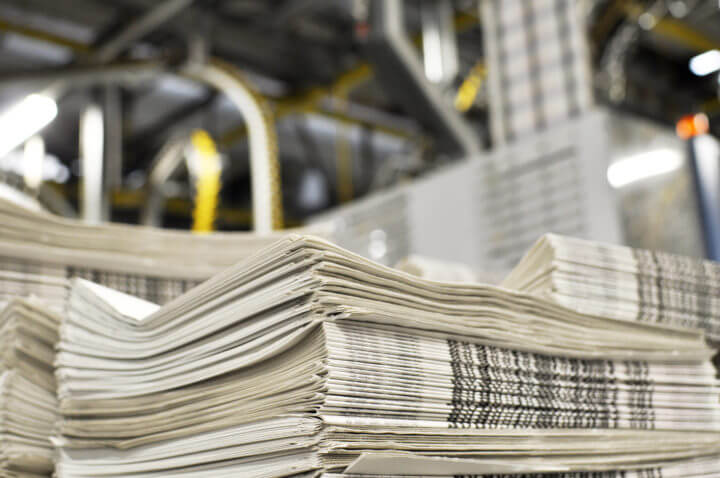When considering the newspaper industry in the United States, many in the federal government tend to think of large corporations owning chains of daily and non-daily metro newspapers. But few probably have a grasp or understanding of the sheer number, local influence and critical information provided by locally owned, non-daily community newspapers.
Like The Queens Courier, founded by my mother Victoria Schneps in her home, and the Ridgewood Times, many local newspapers are multi-generational, family-owned and operated businesses. The majority of employees at these locally owned businesses, from salespeople to reporters, live in the communities they serve. The Queens Courier and Ridgewood Times, of course, power the news you read on QNS.com.
Publishing local community newspapers has always been an intensely competitive industry; Queens County alone has five privately owned, weekly community newspaper groups. But with local advertising going more and more to public corporate entities including Facebook, Google and Yelp, the industry has faced a crisis.
The only mode of survival has been cutting costs and keeping them as low as possible.
The newspaper industry has two core expenses: staffing and printing. A majority of community newspapers do not have their own printing facilities. They are at the mercy of larger companies, many large metro dailies, that have started to print smaller community newspapers and buy the newsprint in bulk.
The United States does not have enough newsprint to meet the demand of publishers here in America; we need the Canadian newsprint to survive as an industry.
I have read that the federal government feels the current tariffs put in place will have a minimal impact on newspapers expenses. First, this is inaccurate. Printing expenses have increased 5 percent to 30 percent in just the past three months, which equates to about a 2 percent to 15 percent increase in overall expenses.
Secondly, if the current costs of newsprint do not pull back, newspapers will be forced to lay off workers, and many publications will close. This is not an industry that is in a position to pass on this added expenses to our advertisers in the way of higher advertising costs or increase subscription prices.
Because of the current state of the industry, most newspapers are running very lean operations with slim profit margins. Many have invested in digital marketing, but this accounts on average to less than 10 percent of overall revenue.
We implore the federal government to support an industry that not only is vital to our democracy, but is a major employer of local workers throughout the country.
Lastly, if this administration can not act in a timely manner to resolve the tariffs on newsprint, we hope this information will be taken into consideration to review other measures that can offset this sudden increase in expenses to this vital industry.
Please contact your local Member of Congress and U.S. Senators Charles Schumer and Kirsten Gillibrand and urge them to do what they can to stop this industry-killing tariff.
Joshua Schneps is co-publisher of The Queens Courier, Ridgewood Times, El Correo NY and Noticia LI.





































